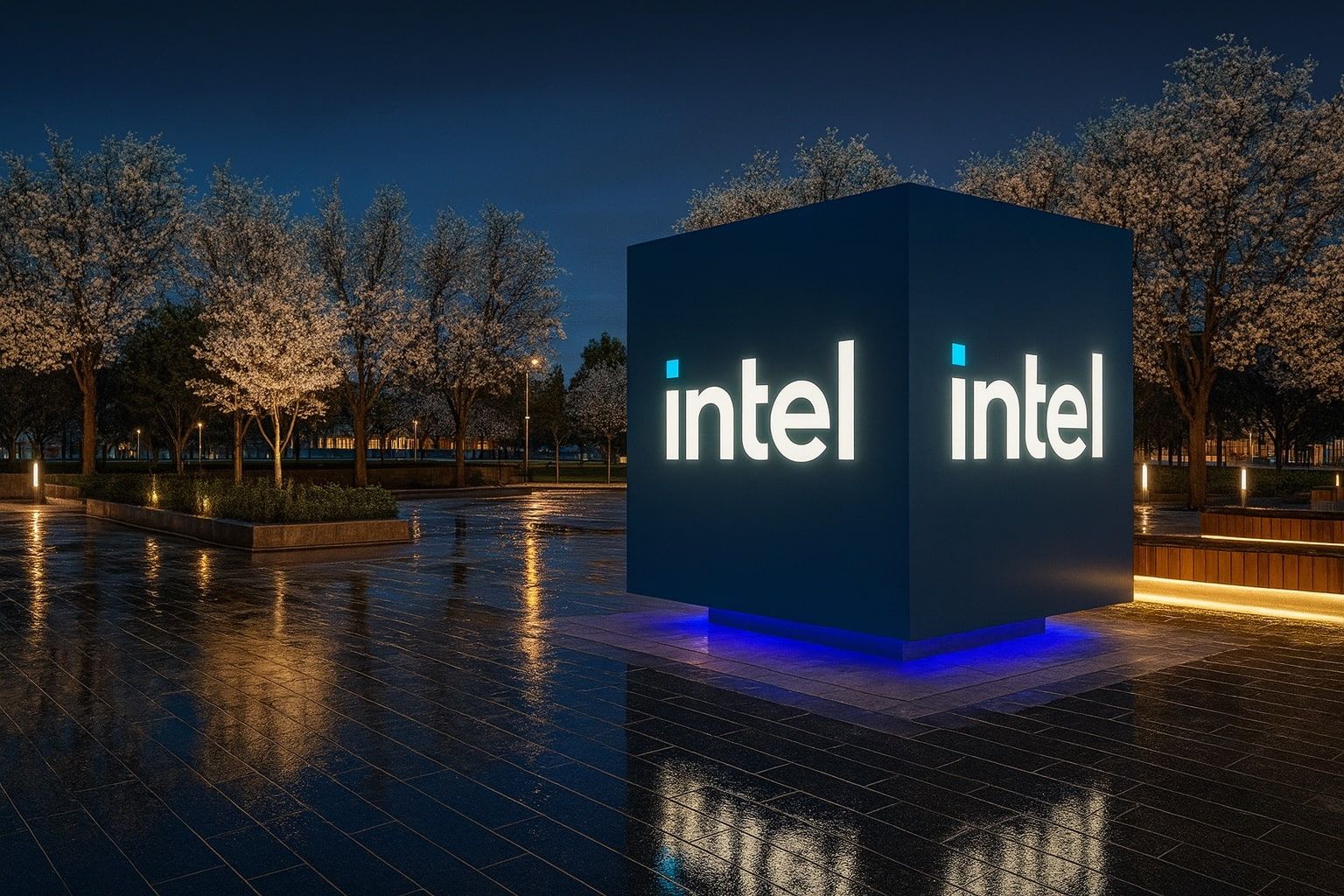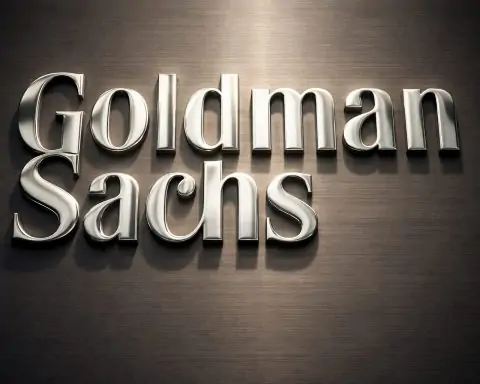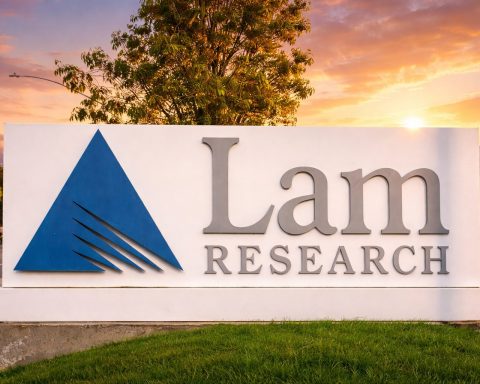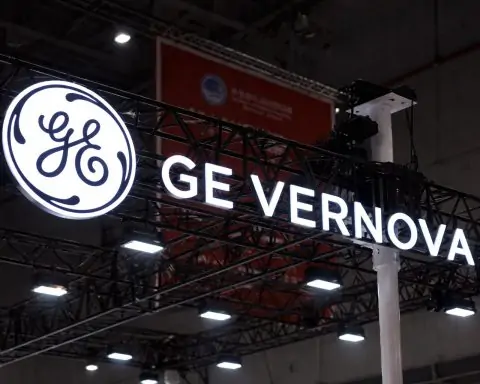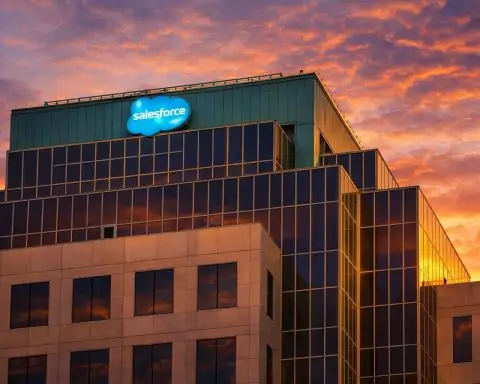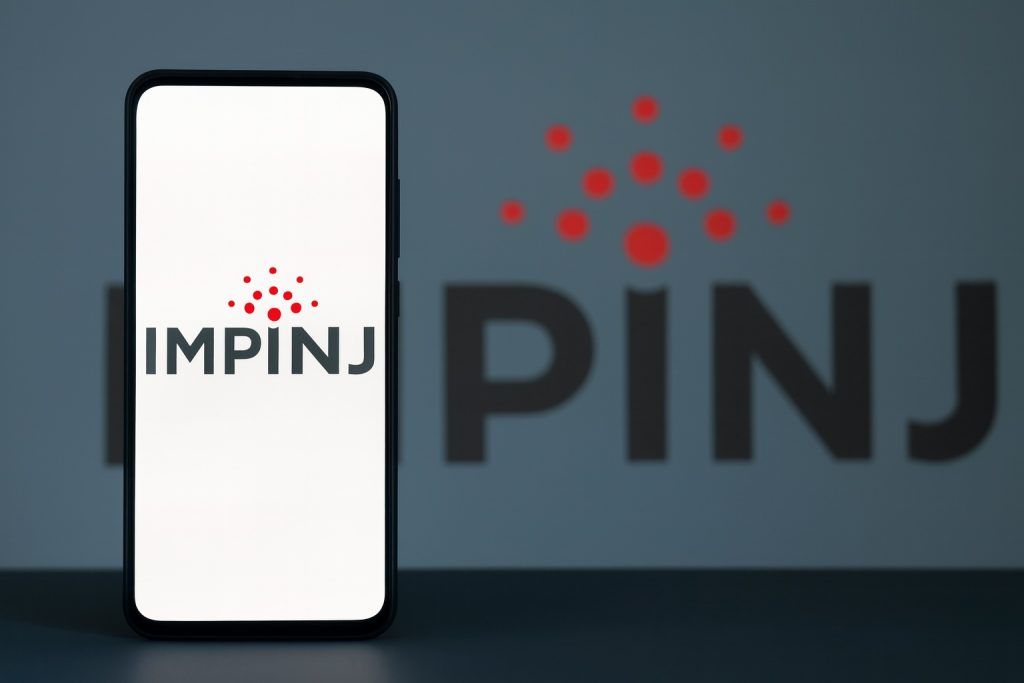- Price Rally: Intel (INTC) closed around $38.17 on Oct. 23, 2025 (up ~3.4% on the day) [1]. The stock has roughly doubled from its January lows – about an 85–90% YTD gain [2] [3].
- Big Deals Fueling Hype: A flurry of headline partnerships has propelled Intel’s run. The U.S. government agreed to convert CHIPS Act funding into a ~10% stake (~$8.9B) [4]. Nvidia invested $5B for ~4% of Intel and joint AI-chip projects [5], and SoftBank quietly bought $2B of Intel stock [6]. Rumors of AMD using Intel’s foundries and early talks with Microsoft Azure and Apple have further boosted sentiment [7] [8].
- Earnings and Financials: Intel just swung to profit in Q3. Adjusted EPS was $0.23 vs. $0.01 expected, on revenue of $13.7B [9] [10]. This beat came after a flat Q2 (Q2 ’25 revenue $12.9B) [11]. Management guided Q4 ahead of estimates. Analysts note Intel still cut ~20% of its workforce and won’t be profitable until 2026 [12] [13].
- Analyst Views: Wall Street remains cautious. The average 12-month target is only about $26–30 (well below current levels) [14] [15]. Many firms rate INTC a Hold/Sell: e.g. HSBC just cut its rating [16] and Bank of America labeled it “Underperform” [17]. Still, a few bulls have $40+ targets (UBS at $40, and the highest around $43 [18]). Jim Cramer even praised CEO Lip-Bu Tan as a “legendary semiconductor investor” for clinching the deals that “sparked a roughly 50% rally” [19].
- Competitive Context: Intel’s rally comes as rivals dominate the AI boom. Nvidia controls ~90% of datacenter AI chips and has hit a >$1 trillion market cap [20]. AMD stock recently hit a ~$240 all-time high (up ~80% YTD) thanks to new AI deals (OpenAI, Oracle, etc.), and bulls see it going even higher [21]. By contrast, Intel’s market value (~$175B) is only about half of AMD’s and a fraction of Nvidia’s [22]. Qualcomm and others are also pivoting to AI chips.
- Outlook: Options markets imply volatile swings around Intel’s earnings (±~10%) [23]. Technicals are mixed: Intel just completed a bullish “golden cross” (50-day MA above 200-day) [24], but momentum is overbought, so a pullback to support (~$33–35) is possible. In the short term, investor focus is on whether Q3’s surprise profit and deal momentum carry the stock even higher or if a correction is due. Longer term, forecasts diverge: cynics warn Intel must still close a huge technology gap, while bulls say fresh government and partner funding (and new 18A-node chips like “Panther Lake”) give it a second chance.
Stock Price & Recent Moves
Intel’s stock price has been on a tear in October. After reaching a 52-week high near $39.65 in mid-October [25], INTC was trading around $38–39 as of Oct. 22–23 [26]. On Oct. 23, INTC closed at roughly $38.17, up about +3.4% for the day [27]. This follows a volatile few sessions: shares jumped nearly 3% on Oct. 20 to ~$38.10, eased on Oct. 21, then surged again into the Oct. 23 close [28]. Over the past month the stock has pulled back about 10% from its early-October peak, but buyers have defended the mid-$30s as support [29].
Fundamentally, Intel’s stock is riding an exceptional 2025 rally: it has roughly doubled off its January lows – an ~85% year-to-date gain [30] [31]. That performance has outpaced the broader market (S&P up ~6% YTD) and even beaten Nvidia and other chipmakers on the year [32]. Chart watchers note the October “golden cross” (short-term moving average rising above the long-term) as a bullish signal [33]. Still, technical indicators (like RSI near 70) suggest the rally is getting overheated [34], so a pullback or consolidation could occur in the near term.
Big Deals and AI Hype Fuel the Rally
Investors have bid up Intel on a wave of high-profile deals and investments. In late August, the U.S. government announced it will convert CHIPS Act grants into an ~9.9% stake in Intel (~$8.9 billion) to boost domestic chipmaking [35]. Less than a month later, Nvidia agreed to invest $5 billion (about a 4% stake) in Intel, with a plan to co-develop next-generation CPU+GPU products [36] [37]. Japan’s SoftBank Vision Fund quietly bought $2 billion of Intel shares in August [38] [39]. These infusions from Washington and Silicon Valley have buoyed investor sentiment (though some question the political angle) [40] [41]. For example, after the Nvidia deal was announced in September, INTC spiked nearly 23% in one day (its biggest jump since 1987) [42].
Adding to the frenzy are rumored partnerships. Reports in early October suggested AMD is in talks to use Intel’s foundries, a once-unthinkable move that briefly lifted INTC (shares jumped ~4% on Oct. 2) [43] [44]. There have also been mentions of Intel wooing Microsoft (Azure cloud placing big chip orders) and even Apple (possibly as a strategic investor), news which sent trading volumes higher [45] [46]. On the product side, Intel has started to market its latest products – for instance, in October it previewed new 18A-node chips (“Panther Lake” PCs and “Clearwater Forest” servers) aimed at AI workloads [47]. All these headlines have kept INTC firmly in the spotlight as a turnaround story.
Earnings and Financial Update
The ultimate test came with Intel’s Q3 2025 earnings (reported Oct. 23 after market close). Intel beat estimates handily, swinging back to profit. The company reported an adjusted EPS of $0.23, versus only $0.01 expected, and revenue of $13.7 billion, up 3% YoY [48] [49]. This marks a sharp improvement from Q2 (Q2 ’25 revenue was $12.9B and the company was still unprofitable) [50] [51]. CEO Lip-Bu Tan highlighted this as “steady progress” in the turnaround, noting that AI demand is creating “attractive opportunities” [52]. CFO Dave Zinsner added that the quarter featured record margin strength: Intel’s adjusted gross margin was ~40%, well above expectations [53], and he quipped that the company is experiencing a “high-class problem” of demand outstripping supply [54].
Intel used the quarter to shore up its finances. CFO Zinsner emphasized that accelerated funding from the U.S., NVIDIA and SoftBank has improved Intel’s balance sheet and will help it “outpace supply” with chip production into 2026 [55]. Indeed, Zinsner noted that demand for Intel chips has been so strong the company is “under shipping demand” – a situation he said is good news [56]. Management guided Q4 ahead of consensus (adjusted EPS ~ $0.08 on ~$13B revenue [57]), which helped push INTC up another 8% in after-hours trading [58]. In sum, the Q3 report delivered exactly what bulls wanted to see: continued revenue growth, a return to profitability, and reassuring guidance – all while unveiling a path for future products.
Analyst and Expert Perspectives
Despite the surge, many Wall Street analysts remain guarded. The consensus 12-month price target is only about $26–30, roughly 20–30% below current levels [59] [60]. Bank of America reiterated an “Underperform” rating this month, warning INTC has run “too far, too fast” without fundamental earnings improvement [61]. In October, HSBC cut its rating to “Reduce” and Citigroup to “Sell” (citing Intel’s ongoing execution risks) [62]. Overall, about 93% of analysts still rate Intel a Hold or Sell [63].
Notable skeptics include BofA analyst Vivek Arya, who warns that even Nvidia’s investment “appears limited” in reversing Intel’s share losses to AMD and Arm-based competitors” [64]. HSBC’s Frank Lee similarly points to Intel’s foundry woes as a continuing drag [65]. Gabelli Funds’ Ryuta Mkino has also cautioned that government funding (diluting shares) and timing of deal closings could pressure near-term earnings [66]. In short, bears say the rally is “deal-driven” and Intel still must prove its new strategy in the marketplace [67].
On the other hand, some experts are more upbeat. Matt Bryson of Wedbush acknowledges that the financing deals have strengthened Intel’s balance sheet, though he remains Neutral, raising his target only to $20 [68]. UBS recently joined the bull camp with a $40 target on hopes Intel’s foundry could win big customers, and even the most optimistic forecasts (like TipRanks’s) hit $43 [69]. On TV, Jim Cramer has praised Tan as a “legendary semiconductor investor” whose strategic deals “sparked a roughly 50% rally” [70], suggesting the market is giving Intel a pass for now. As one portfolio manager told Reuters, Intel’s problems run deeper than a cash infusion – the company must still “catch up with TSMC technologically” to win major contracts [71].
Competition and Market Context
Intel’s story is inseparable from the AI-chip boom that has lifted the entire sector. As Reuters notes, rivals Nvidia and AMD have already reaped huge gains from this wave [72]. Nvidia, which dominates datacenter GPUs, just hit a $1 trillion+ market cap and remains the clear leader (controlling roughly 90% of the market) [73]. AMD has also surged, recently hitting record highs near $240 after signing big AI contracts (with OpenAI, Oracle, etc.) [74]. AMD is up ~80% in 2025, and some bulls now predict its stock could reach $300 [75]. By contrast, Intel’s market value (~$175B) lags well behind – about half of AMD’s and far below Nvidia’s [76]. Even mobile-chip peer Qualcomm has seen a strong 2025, illustrating that investors are broadly pushing up stocks of companies in the AI/5G space [77].
Intel is also fighting legacy battles. It has ceded PC and server share to AMD and even to ARM-based designs over recent years. Under former CEO Pat Gelsinger Intel had ambitions to become a foundry competitor to Taiwan’s TSMC, but Tan has backed off much of that strategy [78]. With TSMC’s stock itself at record levels and working on 2nm nodes [79], Intel is now more narrowly focused on regaining competitiveness in its core CPUs and catching up in GPUs. The new “Crescent Island” AI GPU and promised annual GPU refreshes are steps in that direction [80], but these plans “trail behind competitors” and underscore the challenge Intel faces in taking share [81].
Outlook and Forecast
In the short term, Intel’s outlook hinges on sustaining the current momentum. Traders and option markets clearly anticipate volatility – the stock is pricing in an unusually large (~±10%) move around the Q3 report [82]. If Q3 results and management’s commentary come in strong (as the late-night report suggests), the rally could extend toward recent highs (~$40) or higher. However, many analysts warn of a pullback if sentiment sours. Technical traders note support around the mid-$30s (the early-Oct lows) [83], which could act as a floor if profit-taking kicks in.
For the long term, forecasts diverge widely. Pessimists argue Intel must still execute flawlessly – it has lost years to rivals, and its next-generation 18A/14A chips remain unproven [84]. The foundry business in particular is costly and has yet to win marquee customers, leading some analysts to peg fair value well below today’s price. By contrast, bulls highlight Intel’s improved financial footing and say the recent $15B+ of “dry powder” (govt.+Nvidia+SoftBank) gives Intel a runway to catch up [85] [86]. Intel’s CFO predicts chip supply will be strained into 2026 thanks to AI demand [87], implying the market could stay tight in Intel’s favor.
In summary, Intel’s stock is in the spotlight. It has delivered blockbuster moves in 2025 thanks to a confluence of external investments and AI-fueled optimism – a story unprecedented in the last decade for the company [88] [89]. Investors will be watching if Intel can turn these advantages into sustainable profitability. As Marcin Frąckiewicz of TechStock² puts it, Intel’s rally is “powered by unprecedented backing and buzz,” but whether the chipmaker’s fundamentals can justify this boom remains to be seen [90] [91].
Sources: Market data and analysis from TechStock² (ts2.tech) and financial news outlets including Reuters and Investopedia [92] [93] [94] [95] [96] (see text for details). Each source is linked inline.
References
1. www.investing.com, 2. ts2.tech, 3. www.investopedia.com, 4. ts2.tech, 5. ts2.tech, 6. ts2.tech, 7. www.tomshardware.com, 8. ts2.tech, 9. www.investopedia.com, 10. www.reuters.com, 11. ts2.tech, 12. ts2.tech, 13. www.investopedia.com, 14. ts2.tech, 15. ts2.tech, 16. ts2.tech, 17. ts2.tech, 18. ts2.tech, 19. ts2.tech, 20. ts2.tech, 21. ts2.tech, 22. ts2.tech, 23. ts2.tech, 24. ts2.tech, 25. ts2.tech, 26. ts2.tech, 27. www.investing.com, 28. ts2.tech, 29. ts2.tech, 30. ts2.tech, 31. ts2.tech, 32. www.reuters.com, 33. ts2.tech, 34. ts2.tech, 35. ts2.tech, 36. ts2.tech, 37. ts2.tech, 38. ts2.tech, 39. ts2.tech, 40. ts2.tech, 41. www.tomshardware.com, 42. ts2.tech, 43. www.tomshardware.com, 44. ts2.tech, 45. ts2.tech, 46. www.tomshardware.com, 47. ts2.tech, 48. www.investopedia.com, 49. www.reuters.com, 50. ts2.tech, 51. www.investopedia.com, 52. www.investopedia.com, 53. www.reuters.com, 54. www.reuters.com, 55. www.investopedia.com, 56. www.reuters.com, 57. www.investopedia.com, 58. www.investopedia.com, 59. ts2.tech, 60. ts2.tech, 61. ts2.tech, 62. ts2.tech, 63. longbridge.com, 64. longbridge.com, 65. longbridge.com, 66. longbridge.com, 67. ts2.tech, 68. longbridge.com, 69. ts2.tech, 70. ts2.tech, 71. ts2.tech, 72. www.reuters.com, 73. ts2.tech, 74. ts2.tech, 75. ts2.tech, 76. ts2.tech, 77. ts2.tech, 78. www.reuters.com, 79. www.techi.com, 80. www.reuters.com, 81. www.reuters.com, 82. ts2.tech, 83. ts2.tech, 84. longbridge.com, 85. longbridge.com, 86. www.investopedia.com, 87. www.investopedia.com, 88. ts2.tech, 89. www.investopedia.com, 90. ts2.tech, 91. www.investopedia.com, 92. ts2.tech, 93. www.investing.com, 94. ts2.tech, 95. www.investopedia.com, 96. www.reuters.com
